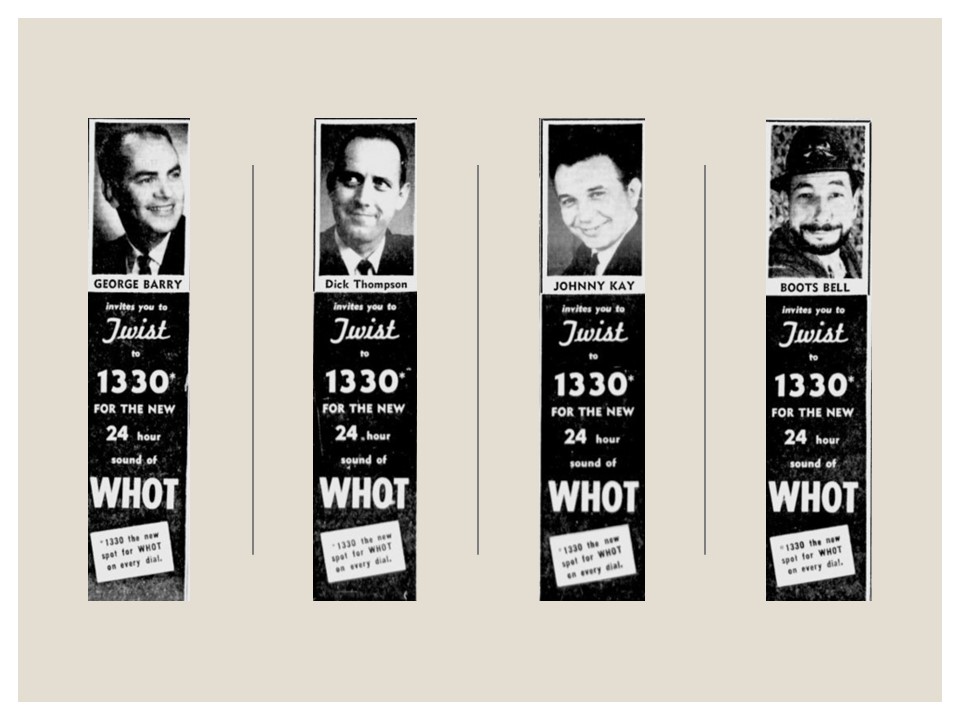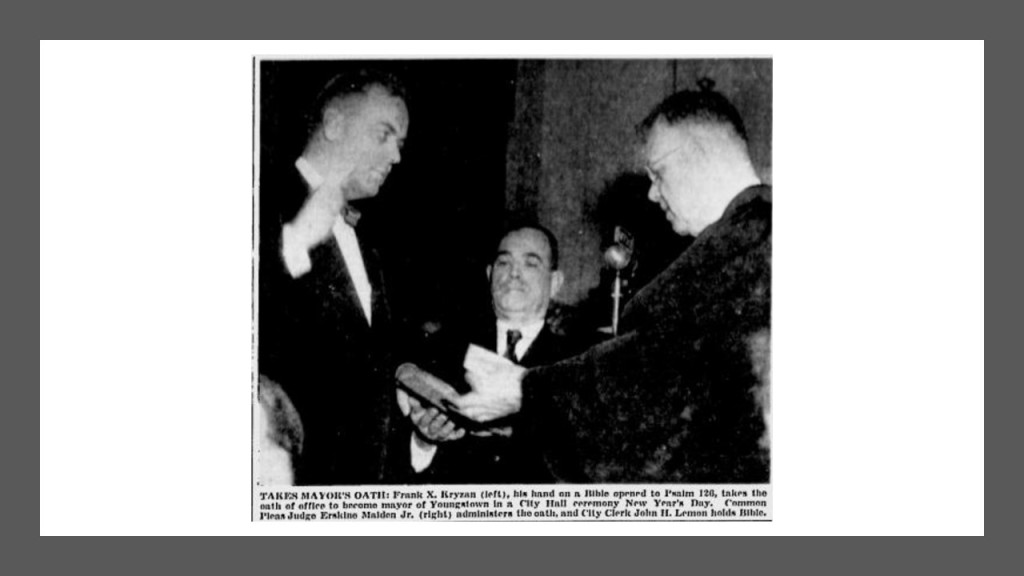The house where I grew up in Youngstown is no longer standing. There is one thing that is still there–the maple tree we bought my mother for Mother’s Day, probably around 1970. You can see the trunk to the left side of the picture. I forget the name of the nursery where we bought it out in Austintown. All I remember is picking it out with my father and digging a very big hole in our devil strip (tree lawn for some) to give the roots plenty of room to spread out.
My mom loved that tree, guarding it as a young sapling and enjoying the shade it provided for our front porch in the late afternoons. In later years, it grew big enough that parts had to be trimmed out near the phone and power lines. The branches spread from our driveway to our neighbor’s. Mom passed in 2010 (though she’s forever in my heart). The picture reminds me of not only that particular Mother’s Day but all the pleasure that tree gave her over the years.
Mother’s Day for many of us meant a trip to the nursery. Maybe we would buy a rose for her rose garden, or a rhododendron (my mother-in-law used to have a big one in front of her house that was probably a Mother’s Day. Maybe you’d buy a flowering lilac, or perhaps like us that one year, a tree. And don’t forget the corsage for church! This J & J Gardens and Greenhouse ad from 1974 may remind you of some of those gifts.
That J & J ad also reminds me of many trips there with my mother-in-law on visits home. Sometimes, we’d take her to mass at St. Lukes, and then drive down the street to pick up some plants for around the Brownlee Woods house she lived in until she was 84 and moved near us in a losing fight with cancer.
I was delighted to learn there is still a garden center at that location, now operated by Petitti’s. We lived for nine years in Maple Heights near Cleveland in the 1980’s and bought many plants for our garden from the Petitti’s nearby. So learning they are in Boardman at the old J & J site brought two sets of good memories together.
We’ve carried on the tradition of buying flowers on Mother’s Day, usually perennials that we don’t have to re-plant each year, a reminder of our perennial love. We were at the nursery on Tuesday. So remember to honor the mothers in your life. And mothers–you are simply the best and I wish each of you a special day this Sunday!
To read other posts in the Growing Up in Working Class Youngstown series, just click “On Youngstown.” Enjoy!












